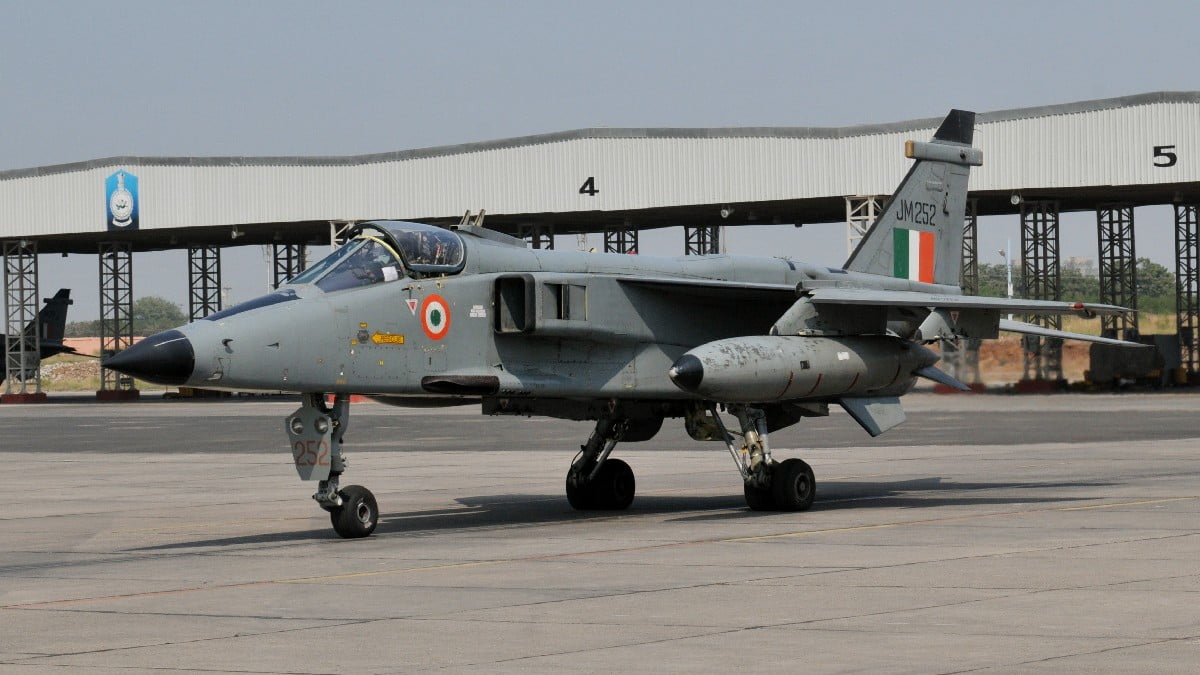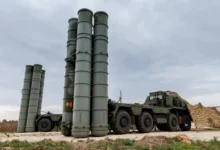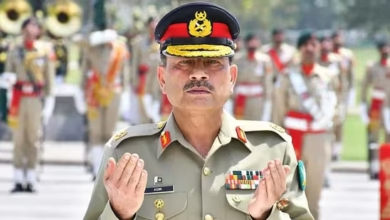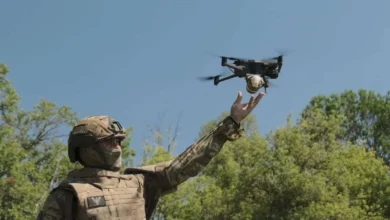Why Deesa Airbase, 130 Kilometres From Pakistan’s Border, Makes Sense Strategically

- The Indian Air Force will be better able to respond to any threat coming from the western side because it is only 130 km from the international boundary.
- The new airbase's planning will be carried out by Military Engineers Service, and construction is expected to be finished in 2024.
During the opening of the 12th edition of DefExpo2022 in Gandhinagar on Wednesday, Prime Minister Narendra Modi laid the cornerstone of 52 Wing Air Force Station at Deesa in the Banaskantha district of Gujarat in an effort to improve the current defence capabilities in the area.
In his speech, Modi claimed that although the Gujarati government had made the airfield’s land available in 2000, the previous UPA administration had done nothing to see that it was really built. The airbase had received preliminary permission from the Atal Behari Vajpayee administration, however the UPA administration shelved the project.
The base, which will be built in 21 months, is only 130 kilometres from the Pakistan-India border. According to the Prime Minister, the new airbase at Deesa would be crucial in bolstering the nation’s western front and enhancing regional connectivity.
#DefExpo2022 Updates I Just In
130 km from the Indo-Pak border, the new airbase #Deesa will play an important role in strengthening India’s western front and will improve connectivity within the region #PathToPride pic.twitter.com/4bxdL8LAVb— A. Bharat Bhushan Babu (@SpokespersonMoD) October 19, 2022
He added that the facility would serve as a deterrent to border aggressors from engaging in any form of misadventure and, if necessary, would provide a suitable response.
What is the significance of Deesa airbase?
The Indian Air Force will be better able to respond to any threat coming from the western side because it is only 130 km from the international boundary. The Deesa air facility would be important from a strategic standpoint given its location and proximity to the border. The duty assigned to it will be to protect the skies over Gujarat, Rajasthan, and Maharashtra.
The new airbase’s planning will be carried out by Military Engineers Service, and construction is expected to be finished in 2024. Currently, VIP movements take place on the base’s only airstrip, which has a 1000-meter runway.
In accordance with the regional connection plan — UDAN — the airbase may be developed for civilian uses. During a natural disaster, the military may conduct high availability disaster recovery (HADR) operations without incident.
It should be recalled that the IAF encountered numerous difficulties in 2017 when floods severely affected the Banaskantha district. At that point, the construction of the airbase picked up speed.
The airbase’s construction will result in a 350 km reduction in the distance between the other bases in Gujarat. As a result, the IAF’s fighters’ operational range would be increased and the response time during a conflict would be slashed.
Once operational, the Deesa airbase will close the gap between Gujarat’s Bhuj and Rajasthan’s Uttarlai, according to Engineer-in-Chief Lt Gen Harpal Singh of the Indian Army. It will cost a total of Rs. 1000 crore to build it in two phases.







Facebook Comments